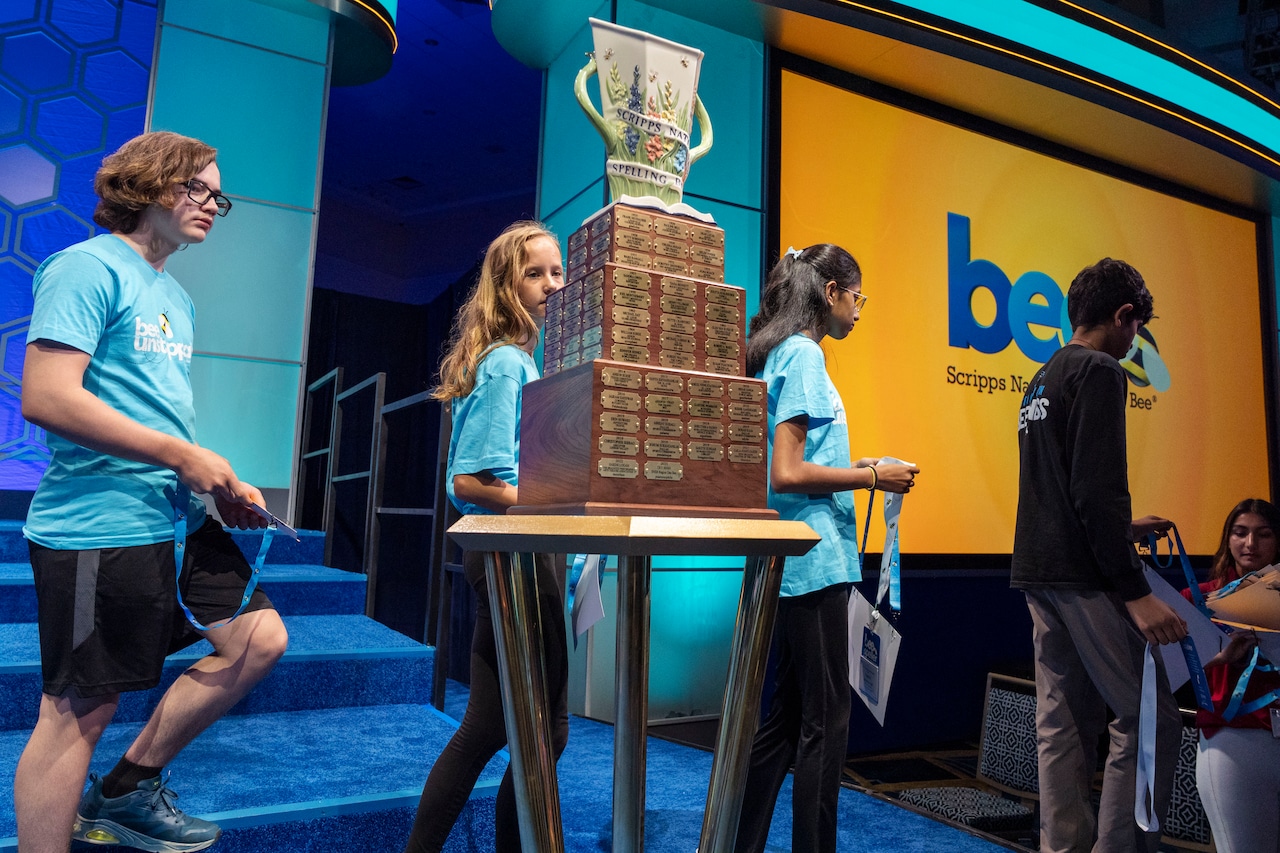It’s likely to be a quiet Thanksgiving weekend around baseball. There may be a trade or two, or even a low-level free agent signing, but little of consequence is expected.
Over the last decade, the baseball offseason has tended to unfold with extreme caution. The marquee free agents often wait until least mid-December, sometimes even remaining on the market well past New Year’s.
Blame it on analytics, or the lack of salary cap, but baseball’s offseason has turned into analysis by paralysis. It’s like watching a junior high mixer: no one wishes to make the first move.
That, however, was not the case this week, some 20 years ago for the Red Sox.
Weeks earlier, the Red Sox had lost the ALCS in most heart-breaking fashion to the New York Yankees. General manager Theo Epstein, having just finished his first season, believed that the team needed both an established closer and another legitimate front-of-the-rotation starter to pair with Pedro Martinez.
During Thanksgiving week, he set out to address the latter.
At the time, Epstein wasn’t just the youngest executive in the game, he was also the most audacious. Weeks earlier, he had placed Manny Ramirez on irrevocable waivers. The hope was that someone would claim Ramirez and his remaining five years and $104 million deal, freeing the Red Sox of both Ramirez’s money and his frequent distractions.
At the very least, Epstein had privately reasoned, it would sent the enigmatic slugger a “scared straight” message that the Red Sox, weary of his occasional indifference, were perfectly content to let him go for nothing.
Then, Epstein turned his attention to bolstering the rotation. The Sox had identified Curt Schilling as their primary target. Arizona, which was perpetually looking to cut payroll, was amenable to moving him and his $12 million salary. But there was a sticking point: Schilling had a no-trade clause in his deal and had little interest in waiving it to come to Boston. He also wanted a contract extension as a condition to waiving the clause.
It was Schilling’s belief that he and Fenway were a bad fit. He tended to give up home runs — he allowed an MLB-leading 37 only two years earlier — and thought pitching half his games at Fenway would only exacerbate the issue.
Epstein, however, would not take ‘no’ for an answer and he and assistant GM Jed Hoyer flew to Phoenix, where Schilling lived. They arrived the day before the holiday and didn’t come empty-handed. Having embraced what were then known as “sabermetrics,” Epstein had had his staff unearth data to convince Schilling that Fenway was not a bad ballpark for him — and he had the charts and data to prove it.
Schilling had made it known that if he were to waive his no-trade, the specter of pitching for the Yankees appealed to him. But Epstein, smartly appealing to Schilling’s sizable ego, pointed out that Schilling’s legacy would be far greater if he pitched for the first Red Sox championship team in 86 years rather than contributing to the fifth title for the Yankees in the last eight years.
He promised to help the Red Sox become a fundraising platform for Schilling’s efforts to raise awareness of ALS. And he let Schilling know that the next Red Sox manager was going to be Terry Francona, for whom Schilling had pitched in Philadelphia and formed a good relationship.
Even with all that, the Schillings were unconvinced and continue to haggle over the details of the extension. But they extended Epstein and Hoyer an invitation to return the following day to share Thanksgiving dinner.
The duo happily agreed, and the day after Thanksgiving, Schilling gave his approval to the deal, which had largely been worked out ahead of time by the two clubs, pending the pitcher’s OK. He also agreed to a new two-year deal worth $25.5 million plus an option year for 2007.
There was a lot at stake for Epstein. If, after flying across the country and making his in-person appeal, he failed to convince Schilling, it would have been a highly-publicized embarrassment.
Moreover, there was the likelihood that Schilling would have landed in the Bronx. Only a year early, in another high-stakes search for a star pitcher, Epstein had lost Cuban righthander Jose Contreras to New York. A second such failure would have been a big blow.
Instead, Epstein’s charm offensive worked perfectly.
(2 kB)
https://saturdaytradition.com/wp-content/uploads/2023/03/GameSense-Icon-2.png
espnbet.app.linkespnbet.app.link
ESPN BET
Explore our action packed sportsbook, loaded with exclusive odds boosts, custom offers and a suite of cutting-edge features. Fast load times, secure transactions and seamless navigation – ESPN BET serves up the ultimate online sports wagering experience. (20 kB)
Epstein seemed to understand, before most other executives in the game, that the industry was changing, and that players expected communication with the front office. In years to come, Epstein made it a practice to canvas players as to what they thought the team needed at the trade deadline, figuring their input and perspective were both unique and informative.
The trade turned out to a huge win for the Red Sox. The package of prospects — Mike Goss, Casey Fossum, Brandon Lyon and Jorge de la Rosa — proved largely forgettable, with only Lyon enjoying much success in the big leagues, and even then, most of it came after leaving the Diamondbacks.
Schilling, meanwhile, won 21 games for the Red Sox in 2004, saving his best for the postseason and his infamous “bloody sock” outing in Game 6 of the ALCS. He would go on to win another 15 games in 2007 and help the Sox to a second World Series triumph, but even had he not pitched another inning after October, 2004, the deal would have been lopsided in favor of the Red Sox.
For all of Schilling’s contributions that season, the deal was noteworthy for what it said about the 21st century Red Sox. Ownership was in its third season and Epstein his second, but already, the signal had been sent: these were not the Red Sox you once knew.
They had a young executive who was intent on not playing by the rules. Earlier that year, as if to demonstrate his willingness to upset convention, Epstein had claimed Kevin Millar on waivers, squashing an in-place deal the Florida Marlins had made to sell him to a Japanese club. That sort of “go-along-to-get-along” protocol meant nothing to Epstein in his pursuit of a championship.
Meanwhile, owner John Henry gave the green light to up the value of the contract extension in order to secure Schilling’s approval. Henry wasn’t about to let a few million get in the way of a trade that had the potential to be a difference-maker for his club.
In short, they were aggressive, creative, proactive, and maybe a little bit ruthless. And they weren’t about to be denied.
Now, still in search of starting pitching and some twenty years later, the current Red Sox could use some of that same urgency and attitude.
_______________________
As it was during Thanksgiving week in 2003, the Red Sox primary offseason need and focus is on starting pitching.
If you were to produce a shopping list of the Sox’s primary needs, the first two spots would be starting pitching, perhaps followed by an upgrade for second base.
But the Red Sox also need a righthanded bat to help balance out a lineup that is currently predominantly lefthanded.
Admittedly, this idea may have made more sense before the Red Sox made the decision to tender backup catcher Reese McGuire last week. (There had been speculation that McGuire’s projected $1.7 million salary via arbitration might cause the Sox to walk away from him; instead, they did indeed tender him a contract). But it still has value.
What about Mitch Garver?
It seems unlikely that Justin Turner will return to the Sox. Chief baseball officer Craig Breslow made it clear at the GM Meetings two weeks ago that he values versatility for anyone getting meaningful at-bats at the DH spot.
Translation: the Red Sox aren’t interested in having someone who is only going to DH. They want to divide up at-bats among several players, providing rest for regulars and options for manager Alex Cora.
Garver could be an interesting addition in that regard. He could be the DH against lefthanded pitching, against whom he posted a .938 OPS last season. That would leave obvious openings for two lefty-swinging position players – Rafael Devers, Masataka Yoshida — who are also defensively limited.
Meanwhile, though he hasn’t played the position a lot (15 career games), Garver could also provide some relief at first base when the Sox want to sit Triston Casas at first base when they face a tough lefty.
And finally, while he’s been somewhat injury prone while catching, Garver could, theoretically, serve as the team’s No. 2 catcher. He made 27 starts behind the plate for Texas last year. If the Red Sox could boost that number to, say, 40, that would give Connor Wong sufficient time off from the demanding position.
As for McGuire’s future, the Sox could put him in a deal to address another need. The danger would come in games in which Garver, serving as DH, had to replace Wong at catcher because of injury or some other factor. Such a move would cost the Sox the use of the DH for the remainder of the game, but such cases would likely be rare.
Or, they could retain McGuire and have Garver serve as more of an emergency third catcher.
Finally, Garver is widely known as a strong clubhouse presence who could offer some of the leadership qualities that the Red Sox prized with Turner.
“From a character perspective,” noted on longtime evaluator, “Garver is the closest thing to Turner on the (free agent) market. He’d be a nice fit for Boston.
Mostly, though, he represents an able, powerful righthanded bat. He had a .500 slugging percentage that would have matched Devers for the team lead among regulars. He hit 19 homers in just 296 at-bats. And like Turner, Garver is often at his best with runners in scoring position. He slashed .306/.412/569 with RISP last season for Texas.







